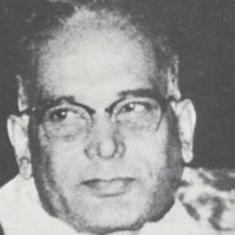Roberto Carlos, two decades after scoring with a jaw-dropping free-kick – perhaps the most famous goal of his career – against France in a friendly, has said that it was wind-assisted.
Also known as the ‘banana kick’, the former Brazilian left-back struck it in a 1-1 tie against Les Blues in 1997 in the first game of the Tournoi de France, a friendly international tournament preluding the ‘98 World Cup.
The French defenders fouled, trying to stop Ronaldo from advancing to their penalty area. The referee awarded a free-kick to Brazil. Then, seconds later, Carlos did this:
Talking about the goal to the French daily L’Equipe, the former Real Madrid star has said: “The ball was going completely wide but the wind brought it back to the goal. It was a miracle.”
Nevertheless, the kick, simply because of the curve it produced, became not only a subject of conversation among football fans but also a topic of study in the scientific community. Several scientists were baffled by what they saw. Luis Fernando Fontanari of Sao Roberto Carlos Physics Institute, a branch of the University of Sao Paulo – one of the most respected universities in Brazil, called the goal a “miracle”.
“Although physics explain perfectly the ball’s trajectory, the conditions in that moment, such as the power of the kick, the point of impact of Roberto Carlos’ foot on the ball, and the distance to the goal, were so rare that we can call that a miracle,” he was quoted by ESPN.
Here’s the science behind that free-kick:
But how big a factor wind had to play in that goal will not affect our wonderment while watching it. Or will it?










